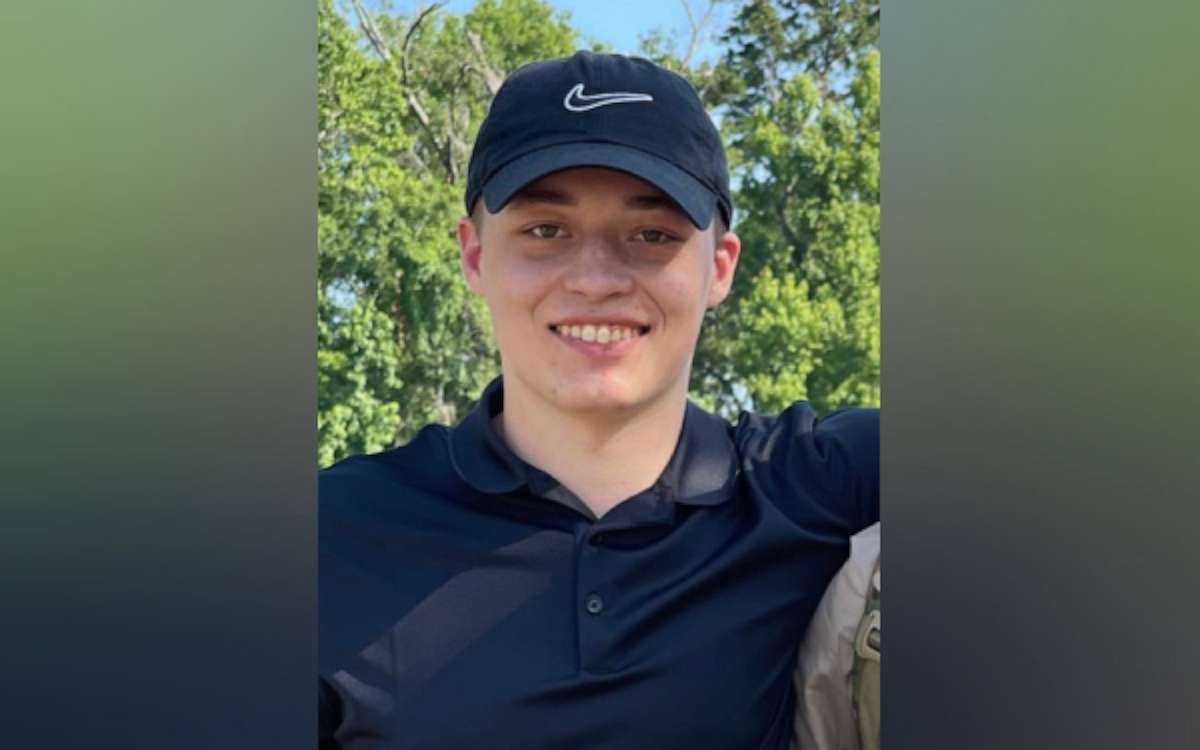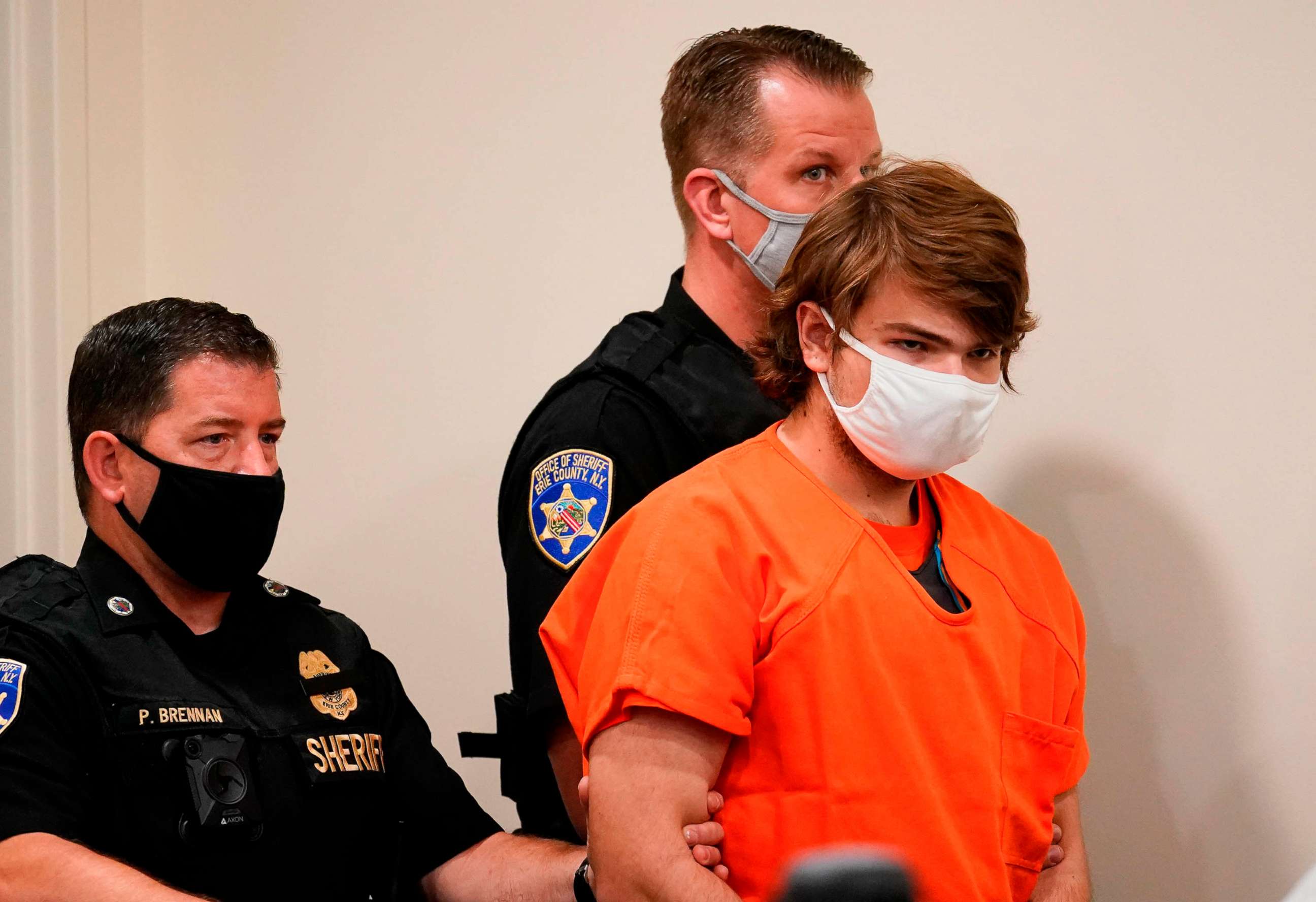Failed risk assessment emerges in Times Square machete attack
Expert contends protocols for evaluating potential suspects are "out of date."
A New Year's Eve machete rampage targeting police officers in Times Square is the latest example of law enforcement failing to prevent an individual already on their radar from carrying out an act of violence, prompting some counterterrorism experts to call for a new model for evaluating would-be attackers.
The Times Square assault on three New York City police officers came just weeks after the suspect, 19-year-old Trevor Bickford of Maine, was placed on a federal watch list, authorities said. The FBI evaluated Bickford when his mother informed the agency he was gravitating toward Islamic extremism, officials said.
While Bickford was placed on a federal no-fly list, he took an Amtrak train to New York allegedly intent on attacking police officers, authorities said.
Bickford was taken into custody after being shot in the shoulder by a police officer. He is charged with two counts of attempted murder of a police officer and two counts of attempted assault. He remained in a hospital Tuesday evening, pending an arraignment.
John Cohen, a former U.S. Department of Homeland Security acting undersecretary for intelligence, said the case is the latest in a string of attacks nationwide where law enforcement made contact with a suspect prior to an attack and assessed the potential for them to carry out a violent act.

"It has become increasingly clear that the protocols used by federal and local authorities to assess the risk posed by individuals who exhibit threat-related behaviors is out of date and inconsistent with the current threat facing the nation," said Cohen, now an ABC News contributor.
Cohen noted that suspects in several recent mass casualty incidents had been evaluated by law enforcement prior to committing the acts of violence, including Payton Gendron, the teenager who pleaded guilty to killing 10 Black people in a racially motivated shooting in Buffalo, and Nikolas Cruz, who pleaded guilty to killing 17 students in 2018 at Marjory Stoneman Douglas High School in Parkland, Florida.
Anderson Lee Aldrich, who allegedly killed five people and wounded 17 others at a gay nightclub in Colorado Springs in November, had been arrested in 2021 on allegations of making a bomb threat that led to the evacuation of about 10 homes. A year before he killed eight people at a FedEx facility in Indianapolis in 2021, Brandon Scott Hole was taken into custody by police and temporarily placed in a mental detention facility for further assessment after his mother complained he assaulted her when she asked what he was going to do with the gun, officials said.

Omar Mateen, who in 2016 killed 49 people and wounded 53 more in a mass shooting at Pulse nightclub in Orlando, Florida, was allowed to legally purchase an AR-style rifle and a handgun, despite his name appearing on a federal watch list after being interviewed three times by the FBI in the years leading up to the massacre at the gay nightclub, according to authorities.
"We're still, from an investigator's perspective, looking for that Mohamed Atta," said Cohen, referring to one of the hijackers in the Sept. 11, 2001, terrorist attacks. "We're looking for somebody who we can associate with a foreign terrorist group or looking at somebody who meets the threshold of a federal terrorism investigation."
Cohen added, "That’s why we continue to see instances where people come to the attention of the bureau or law enforcement, they’re assessed that way, they don’t meet that threshold, they don’t become the subject of a full-field investigation, yet they go out and commit an act of violence."
Cohen said threats today are very different from ones the nation faced on Sept. 11, 2001.
“We’re not dealing with a group of sophisticated, ideologically motivated foreign terrorists. We’re dealing with individuals, all of which, regardless of the motive, are experiencing somewhat consistent behavioral health issues."
He said a better approach, increasingly adopted by state and local agencies, is to "look at individuals holistically" when they come to the attention of law enforcement.
"What it entails is that you have specially trained law enforcement working with mental health professionals. They look at individuals holistically. Maybe they come to the attention of law enforcement initially because of their online behavior, maybe it’s other behaviors they’re exhibiting that family or others observe."
He said there are reams of data culled from mass shootings and terrorist attacks showing a common pattern of behavior in perpetrators that can be used in assessing risk.
"We’re dealing with individuals, all of which, regardless of the motive, are experiencing somewhat consistent behavioral health issues," Cohen said. "They feel disconnected from community, they’re angry, they're searching for a sense of life meaning, they come from dysfunctional family backgrounds, they spend a considerable amount of time online viewing content placed there by terrorist groups, by extremists, content regarding past shootings and other ideological or extremist content until ultimately they connect with something or a blend of beliefs, or a blend of beliefs and grievances."

Cohen said much of the new model for assessing the risk of such individuals is detailed in a 2015 FBI report titled, "Making Prevention a Reality."
"Threat assessment is a systematic, fact-based method of investigation and examination that blends the collection of analysis of multiple sources of information with published research and practitioner experience, focusing on an individual's patterns of thinking and behavior to determine whether, and to what extent, a person of concern is moving toward an attack," the report states.
The report adds, "By engaging in the assessment and management process as soon as a person of concern is identified, threat managers are more likely to succeed in preventing a violent outcome. Steering a person in a different direction early on may mean offering assistance to someone who needs it before that person concludes violence is necessary."
Thomas Galati, NYPD Chief of Intelligence and Counterterrorism, said the suspect in Saturday night's Times Square attack, was interviewed by FBI agents last month in Maine after his mother reported concerns that her son was possibly becoming radicalized. The FBI determined Bickford allegedly wanted to fight in Afghanistan and placed him on a federal watch list to prevent him from traveling overseas, Galati said.
"The way you know they (the FBI) took the traditional approach is they viewed the primary threat as his travel to Afghanistan," Cohen said. "So, they no-flyed him. They tried to restrict his ability to travel, but look what happened."
By contrast, he noted a recent case in Maryland, where a teenager posted on Instagram that he wanted to shoot up his high school and was reported to a school resource officer by classmates.
"The school resource officer went to the threat management unit, which did a threat assessment and deemed the person to be high risk," Cohen said. "They believed this person was on their way to engage in violence and they prevented it. They went to the courts, they invoked the red flag law. The person got additional mental health care."
But Cohen conceded there are likely "thousands" of reports like the one flagged to authorities in Maryland.
"I acknowledge that it requires additional training, it requires resources, it requires a different way of looking at these issues," Cohen said. "But the alternative is we continue to experience the weekly shootings or other mass casualty attacks that we seem to be experiencing today."




